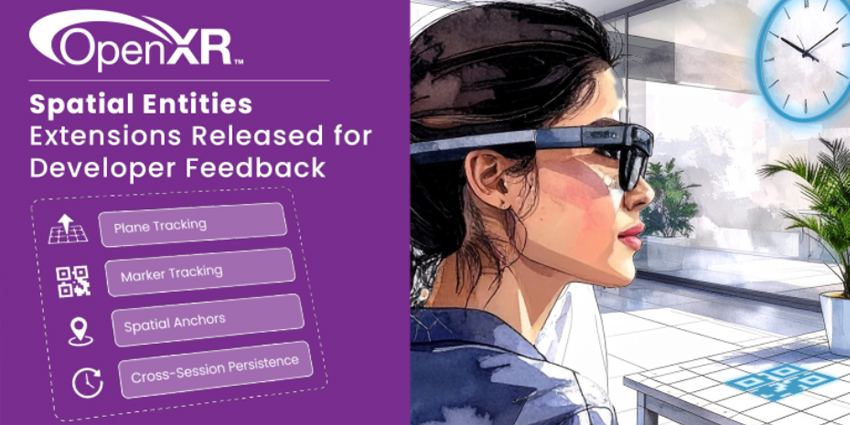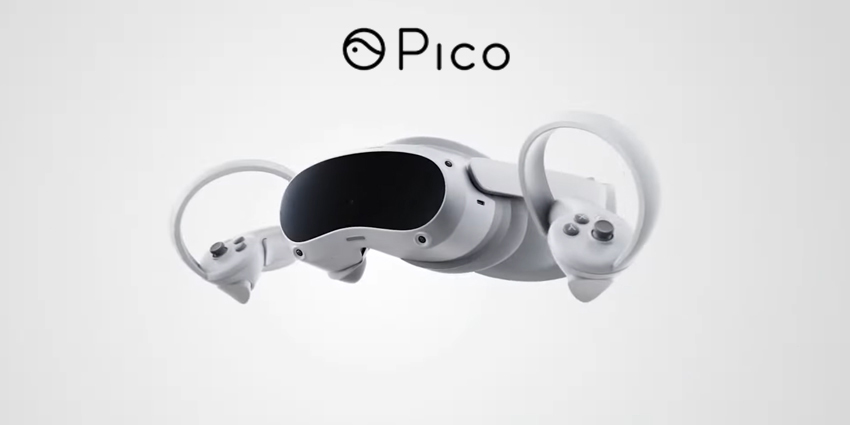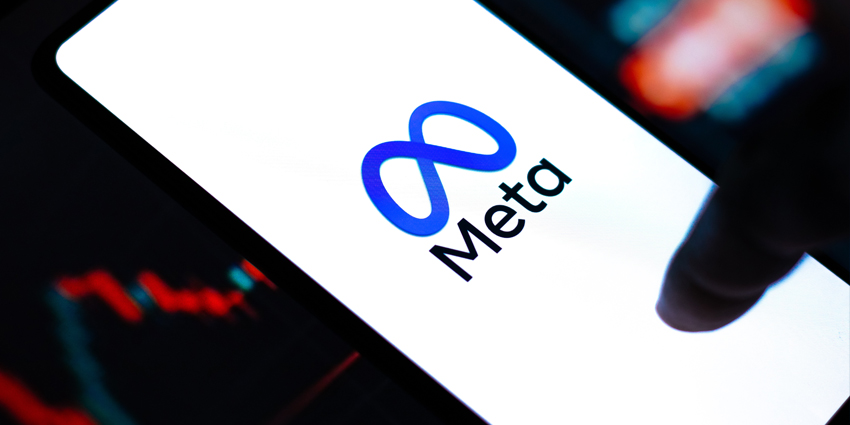The future of technology is rapidly unfolding, and this week’s announcements from industry giants like Google, Meta, and Microsoft offer a compelling glimpse into what’s next. From advancements in artificial intelligence and mixed reality to the burgeoning adoption of smart wearables and sophisticated digital twins, innovation is accelerating across diverse sectors.
Delve into the key takeaways from recent significant events, highlighting how these leading firms are pushing technological boundaries and actively shaping how we will interact with digital and physical worlds in the years to come.
Google I/O Unlocks the Future
This week at Google I/O, the leading technology firm announced an array of new products, particularly expansions to its Gemini AI framework. One aspect of this expansion is the AndroidXR initiative, which involves collaborating with various XR industry leaders to develop mixed reality and augmented reality devices that integrate immersive and AI technologies. “That’s precisely why we’re building Android XR,” stated Shahram Izadi, the head of Google’s AndroidXR development team.
Izadi also added:
From headsets to glasses and everything in between. We believe there’s not a one size fits all for XR and you’ll use different devices throughout your day. For example, for watching movies, playing games, or getting work done, you’ll want an immersive headset. But when you’re on the go, you’ll want lightweight glasses that can give you timely information without reaching for your phone.
Izadi explained how the Android XR team collaborates with Samsung and Qualcomm to develop new Gemini AI use cases for emerging XR devices, including the highly anticipated Moohan headset, which Izadi referred to as “the first Android XR device.”
Interestingly, Izadi stated that Samsung’s Moohan headset “will be available for purchase later this year,” potentially around the time Meta Connect begins, a key period for XR hardware releases.
Meta’s Ray-Ban Smart Glasses Gain Traction Across Key Markets
As interest in augmented reality smart glasses grows, along with advancements in mobile computing, Meta is taking a proactive approach from a consumer perspective through its partnership with Ray-Ban. This collaboration aims to provide AR-lite wearables to a broader audience beyond just XR enthusiasts.
The company is experiencing strong sales in the EU, and this partnership with Ray-Ban is helping to sustain its Reality Labs division, which is also supported by the Quest product line as it explores immersive solutions.
Building on its current success, the Indian eyewear brand Titan Eye+ is working to expand the distribution of Meta’s Ray-Ban smart glasses throughout the region, including more than 50 select stores nationwide.
“We are delighted to introduce the Ray-Ban Meta AI Smart Glasses to the Indian market,” remarked N S Raghavan, the CEO of the Eyecare Division at Titan Company.
Raghavan also added:
As pioneers in smart eyewear, it has always been our priority to bring globally renowned brands to our consumers. This launch significantly enhances our smart eyewear portfolio, enabling us to cater effectively to new-age customers who value the seamless integration of technology and fashion.
Microsoft Fabric Debuts Enterprise-Ready Digital Twin Builder
This week at Microsoft Build, the leading technology giant announced an exciting new feature in Microsoft Fabric: the Digital Twin Builder, which is available in preview mode as the company continues to refine the solution.
This Digital Twin Builder allows users to create and manage digital representations of real-world environments, including intricate 3D models and relevant information points. Additionally, Microsoft’s new solution boasts a no-code/low-code interface, making it easier for business creators to implement digital twins within their enterprise environments or workflows.
Among the features of the Digital Twin Builder are integrations with real-world map data, access to physical assets, processes, or systems, and a user-friendly design for business decision-makers. The tool also offers deep AI integration, analytics, the ability to run “what-if” scenarios, and AI-powered automation.
Microsoft’s initiative responds to businesses’ demand to digitise systems, products, and environments to test outcomes and workflows. The Digital Twin Builder in Microsoft Fabric is designed to simplify the complex process of digitising work assets, enabling organisations to harness the power of their data like never before, as Microsoft states.
Aardman Characters Leap into Augmented Reality
Recently, UK animation giant Aardman partnered with AR experience experts Peel X to showcase the studio’s famous characters as augmented reality attractions both in the UK and overseas.
“Working with Aardman is an absolute joy,” noted Laura Thompson, Digital Producer at Peel X, “their legacy in storytelling and animation is unmatched, so working in collaboration with them has been an exciting new venture.”
Thompson also explained how Aardman’s reputation brings with it a “sense of playfulness and imagination in everything they do,” which, according to the Peel XR representative, aligns “perfectly” with the company’s approach to immersive storytelling.
Thompson also added:
Collaborating with such a passionate and talented team has been inspiring, and we’re thrilled to be supporting their ambitions of taking these digital visitor experiences to increasingly wide audiences. Peel X’s dedicated studio team is delighted to be able to help bring Aardman’s ideas to life in new ways, through augmented reality and other innovative technologies.







